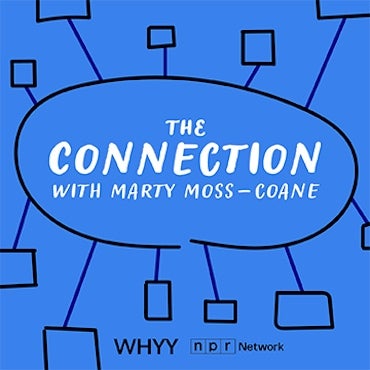Weed wrap up – the worst plants of the region
Ground Level blogger Nicole Juday takes a last look at the worst weeds in Northwest Philadelphia taken from her recent series on these invasive species.
Before we put the topics of weeds to rest, at least for now, let’s take a last look at the plants that seem to torment more gardeners around here than any others:
1. Bindweed – I try not to be a hater, but this is a truly vile weed. Colonizer of chain-link fences everywhere, once this vine gets into your garden it will climb over everything you’ve ever planted, asphyxiating your plants like a botanical boa constrictor as it twines around them.
2. Goutweed – The flowers look like the less aggressive Queen Anne’s Lace, and the toothy leaves are held above creeping stems that can quickly take over any shady area. A reader commented that it can sometimes be found for sale in plant catalogs where it is described as “vigorous.” Don’t bite; this plant is invasive, and can take years to eradicate once it has infiltrated a garden.
3. Pokeweed – Well, at least it’s a native. This beast of a perennial can get massive, up to eight feet tall and six feet wide. Its cascading bunches of shiny dark purple berries and bright pink stems are a harbinger of late summer. Birds love this plant, and you’ll find seedlings every place they . . . um, roost.
4. Ailanthus – The famous tree that grew in Brooklyn, it’s possible that this makes up more of the tree cover in Philadelphia (and many other cities) than any other. Its frond-like leaflets and ability to thrive in adverse conditions give it the name many people know it by, the Ghetto Palm.
5. Poison ivy – This innocuous looking vine lies in wait, patiently biding its time until someone tries to pull it, mow it, or find a lost softball in a patch of it. If not for the acute dermatitis it causes, it would actually be a great plant.
It wouldn’t be fair to finish up my posts about the weeds of Philadelphia without a nod to all the contenders that couldn’t be included on my final list for lack of space. So how about a shout out to some of the plants that play the chorus to our lead weeds, plants like mile-a-minute vine, pigweed, Japanese knotweed, porcelain berry, and plantain. If only there was more room on my list, guys, you all would make the cut.
If you want to learn more about these weeds, or others that may be a bother in your garden, a good website to go to is the PLANTS database at the Natural Resources Conservation Service. If you’re looking for a book, there is an excellent field guide that includes all the invasive plants in our area, called Wild Urban Plants of the Northeast, by Peter del Tredici. It’s easily available in paperback.
WHYY is your source for fact-based, in-depth journalism and information. As a nonprofit organization, we rely on financial support from readers like you. Please give today.

